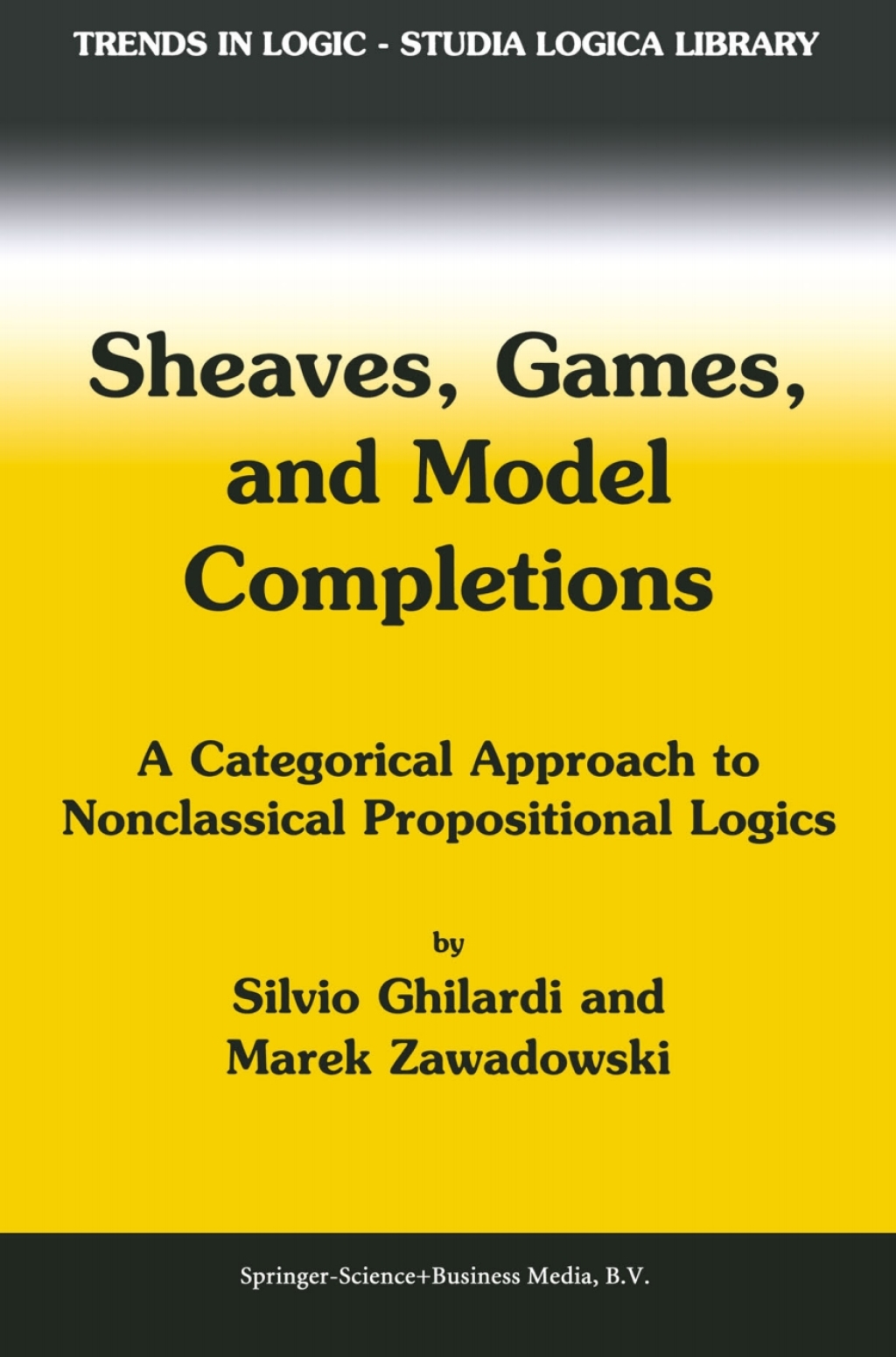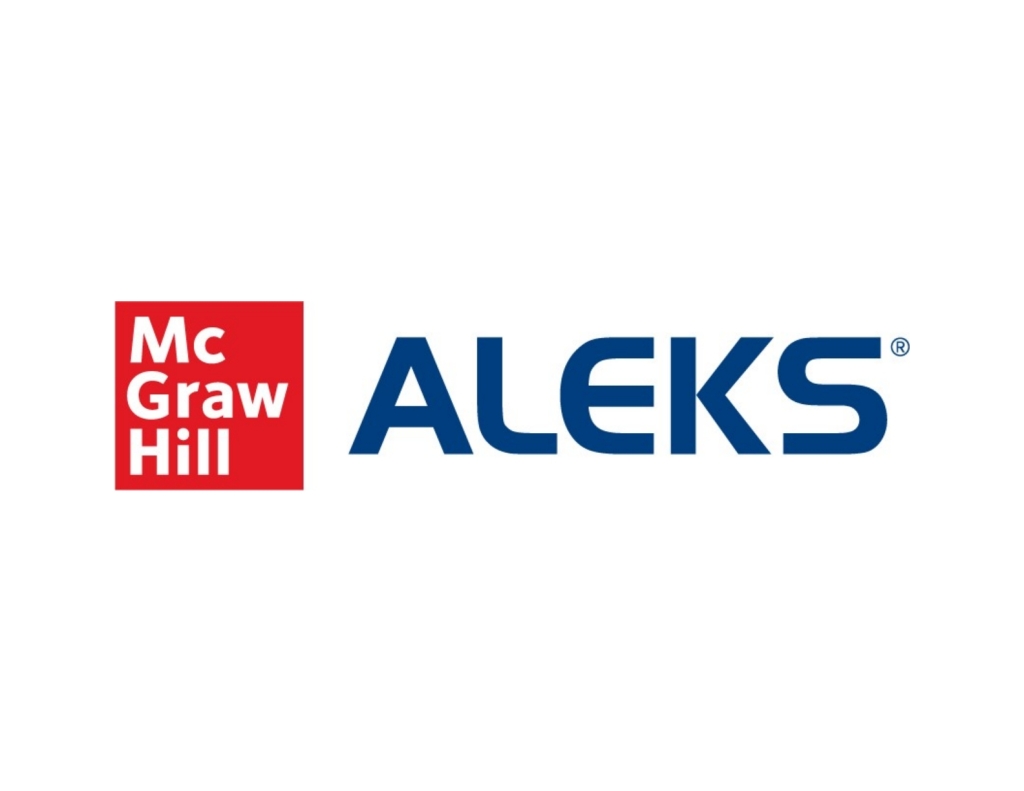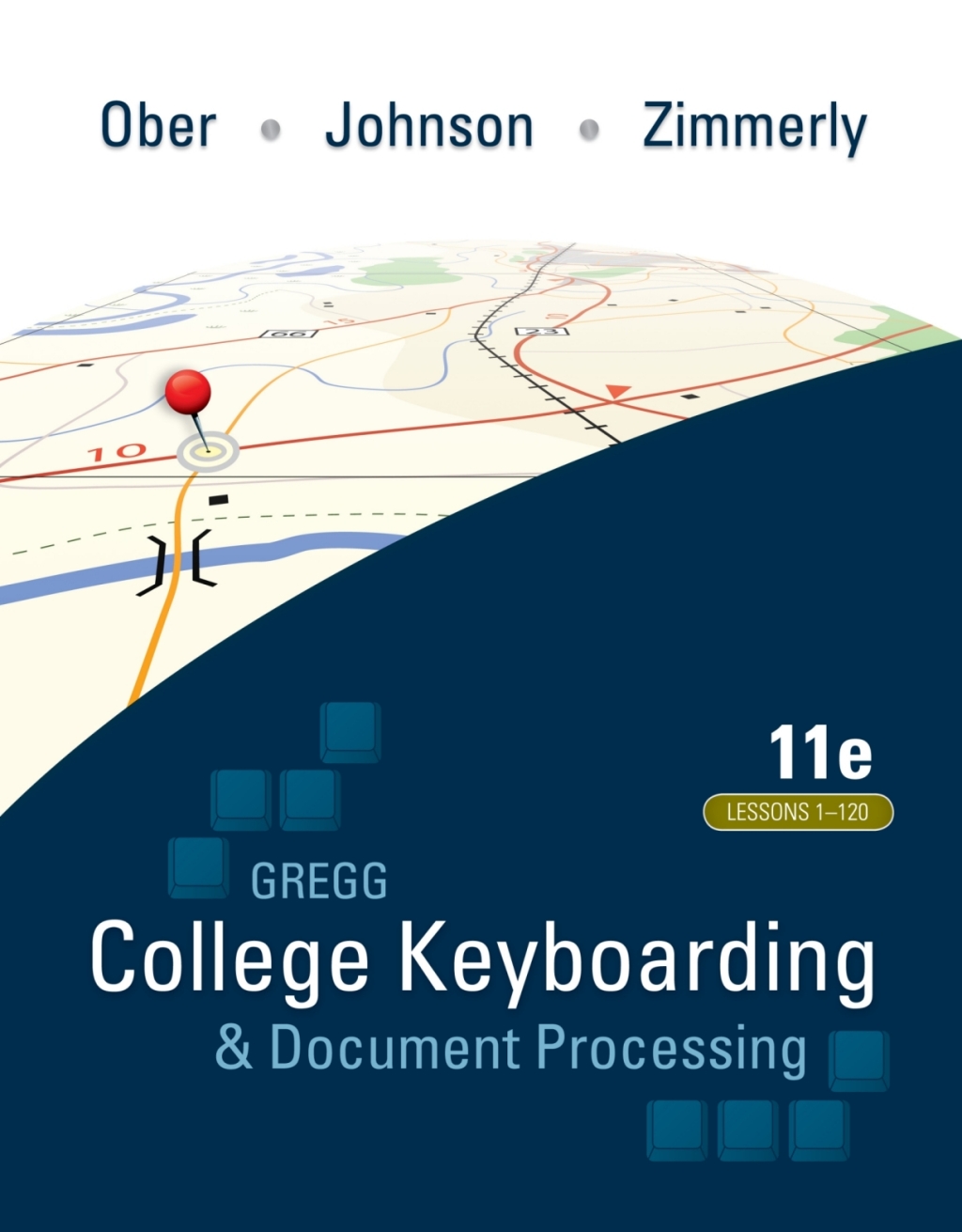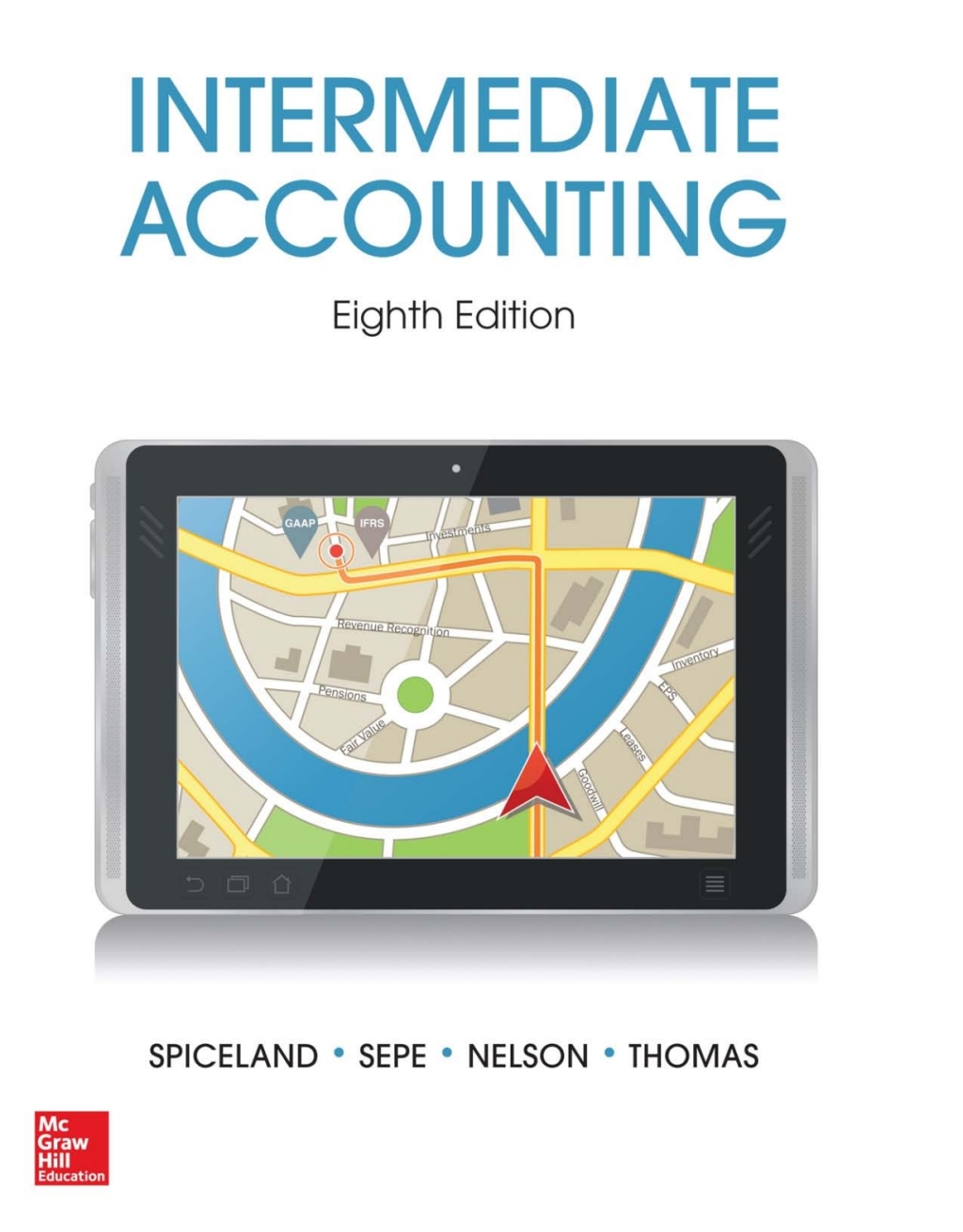An Introduction to Mathematical Logic and Type Theory To Truth Through Proof 2nd Edition
Author(s): Peter B. Andrews
Publisher: Springer
ISBN: 9781402007637
Edition: 2nd Edition
$39,99
Delivery: This can be downloaded Immediately after purchasing.
Version: Only PDF Version.
Compatible Devices: Can be read on any device (Kindle, NOOK, Android/IOS devices, Windows, MAC)
Quality: High Quality. No missing contents. Printable
Recommended Software: Check here
Important: No Access Code
Description
Description
In case you are considering to adopt this book for courses with over 50 students, please contact [email protected]  for more information. This introduction to mathematical logic starts with propositional calculus and first-order logic. Topics covered include syntax, semantics, soundness, completeness, independence, normal forms, vertical paths through negation normal formulas, compactness, Smullyan’s Unifying Principle, natural deduction, cut-elimination, semantic tableaux, Skolemization, Herbrand’s Theorem, unification, duality, interpolation, and definability. The last three chapters of the book provide an introduction to type theory (higher-order logic). It is shown how various mathematical concepts can be formalized in this very expressive formal language. This expressive notation facilitates proofs of the classical incompleteness and undecidability theorems which are very elegant and easy to understand. The discussion of semantics makes clear the important distinction between standard and nonstandard models which is so important in understanding puzzling phenomena such as the incompleteness theorems and Skolem’s Paradox about countable models of set theory. Some of the numerous exercises require giving formal proofs. A computer program called ETPS which is available from the web facilitates doing and checking such exercises. Audience: This volume will be of interest to mathematicians, computer scientists, and philosophers in universities, as well as to computer scientists in industry who wish to use higher-order logic for hardware and software specification and verification.










